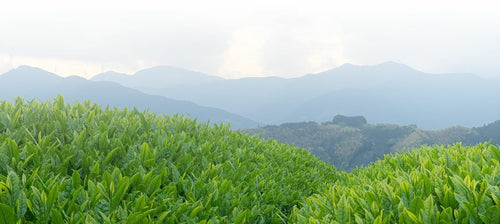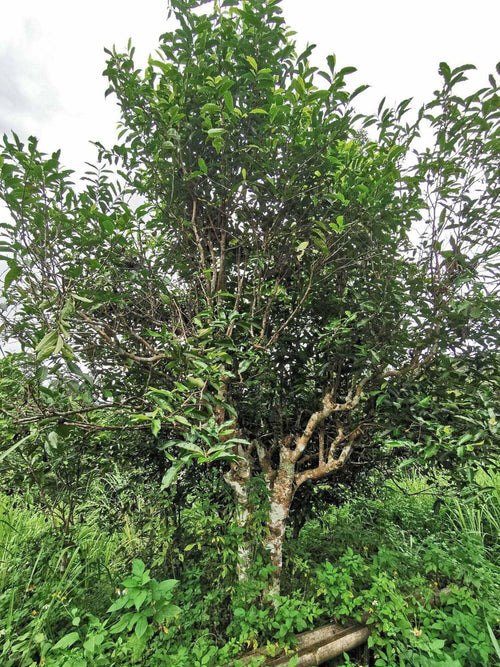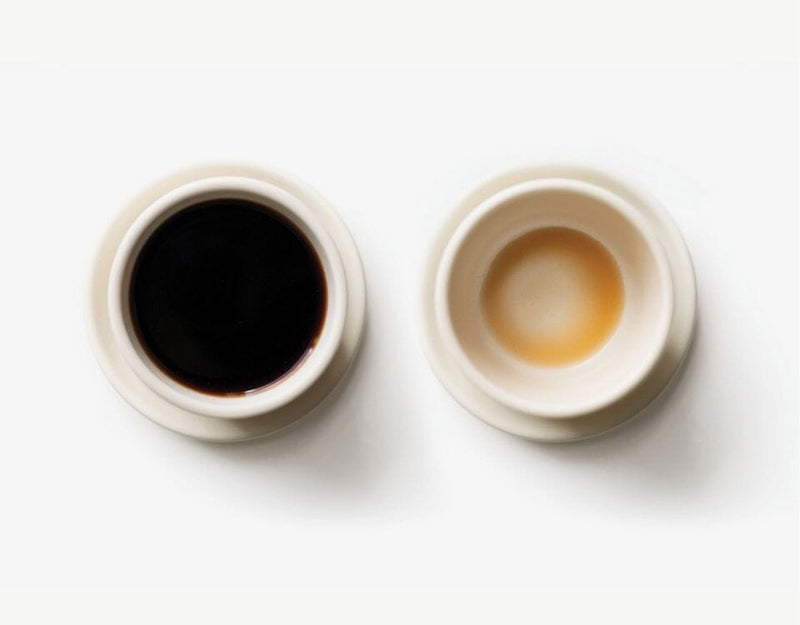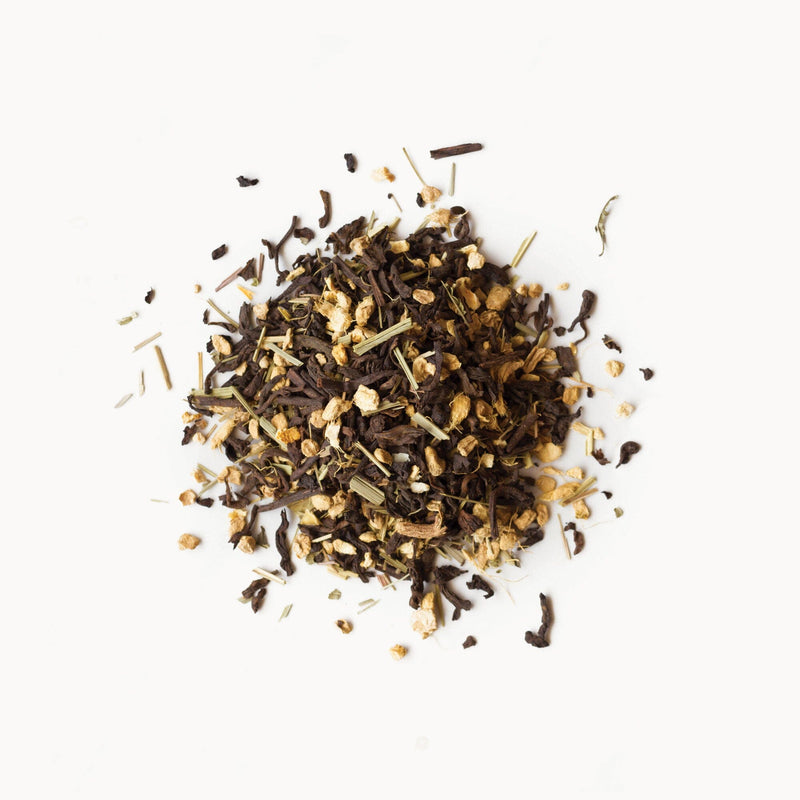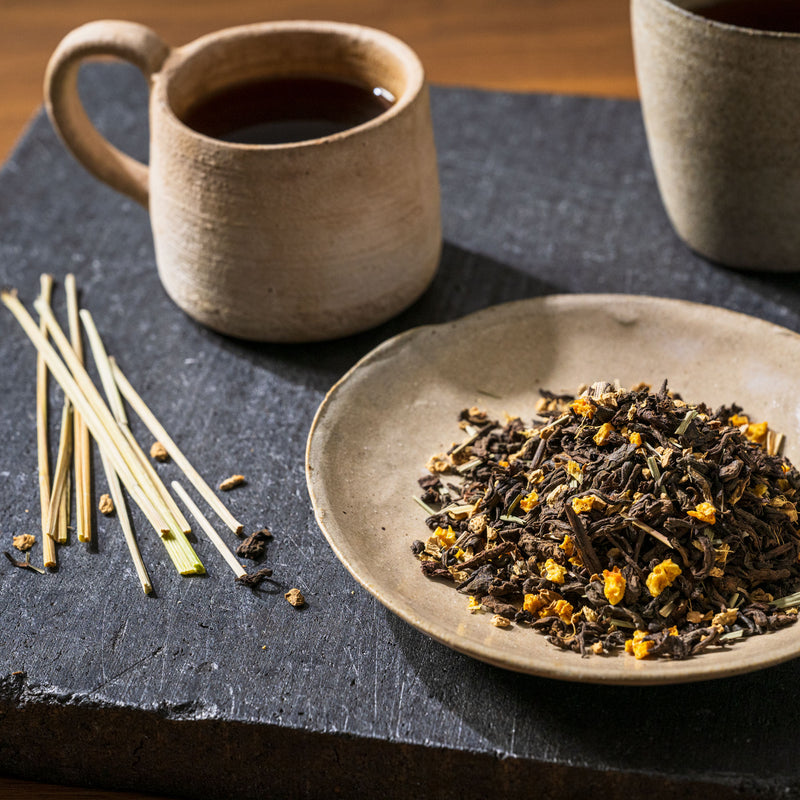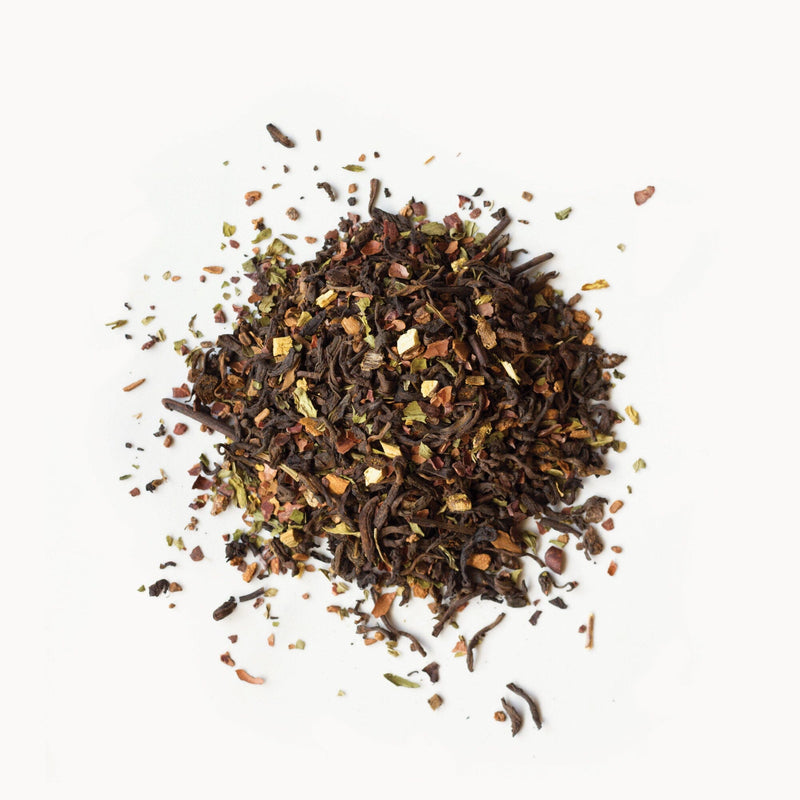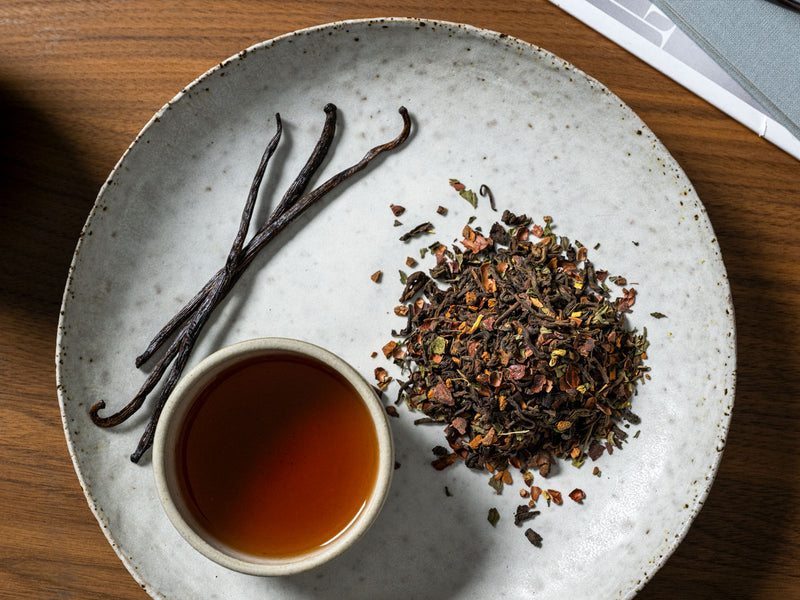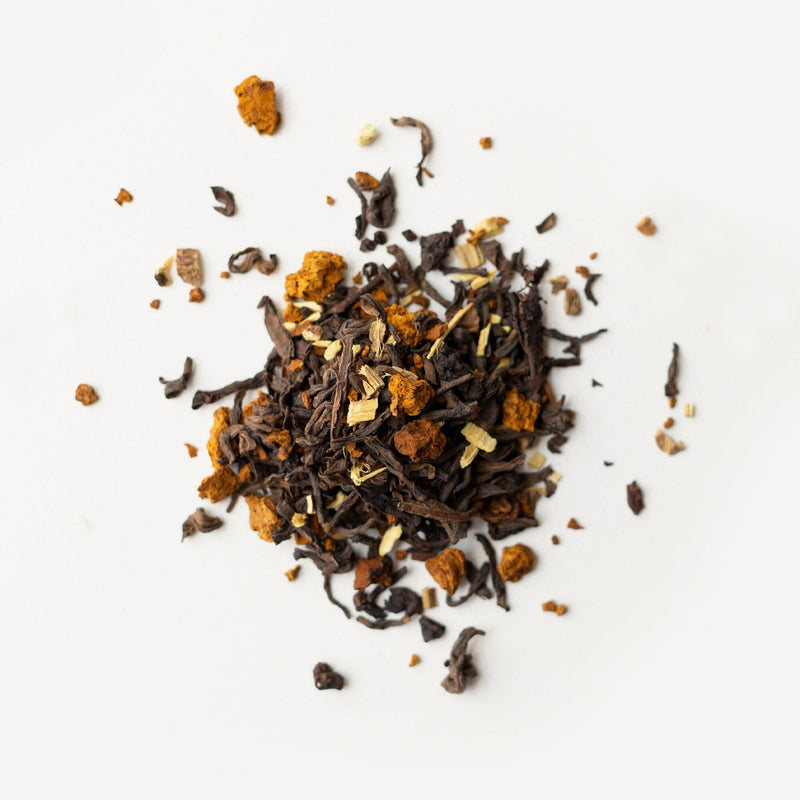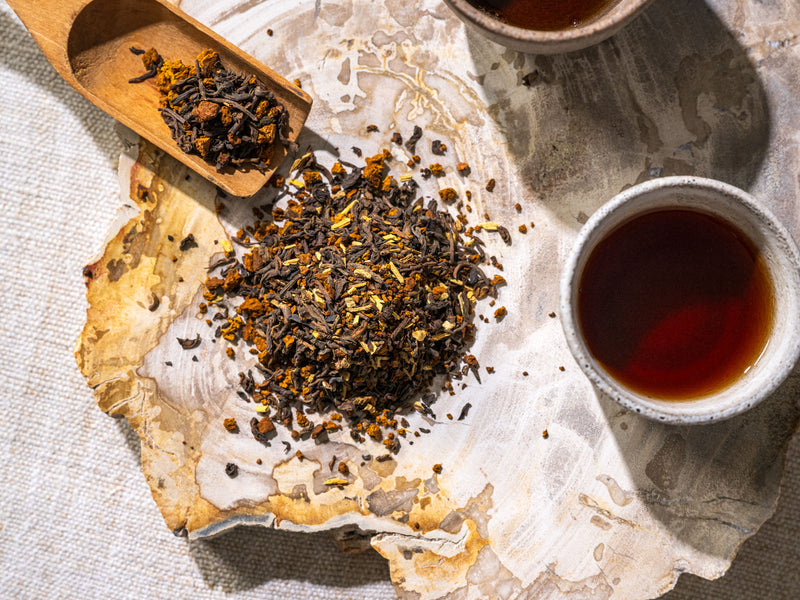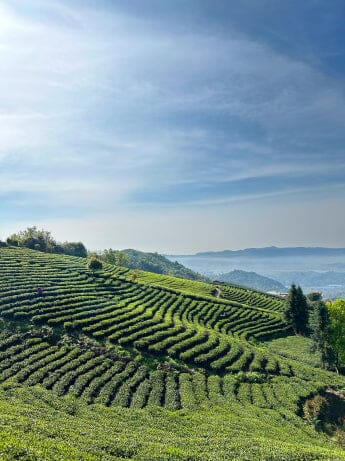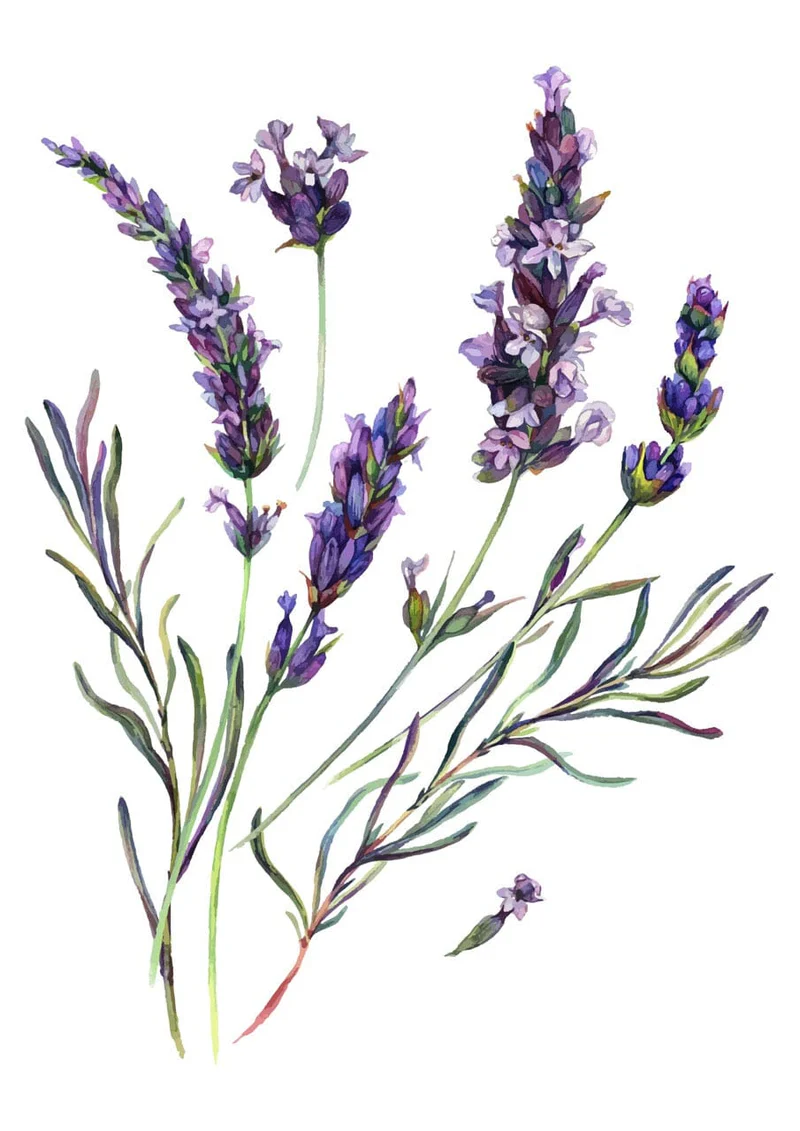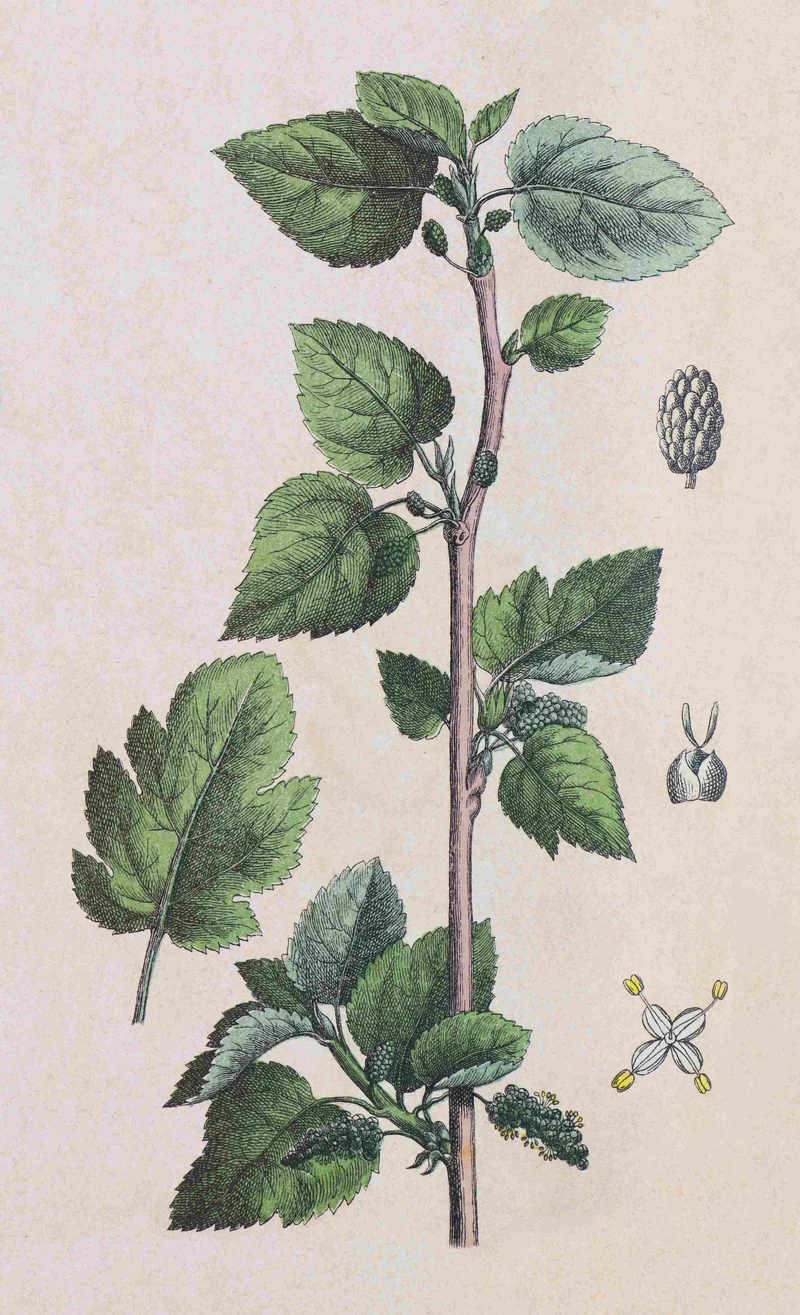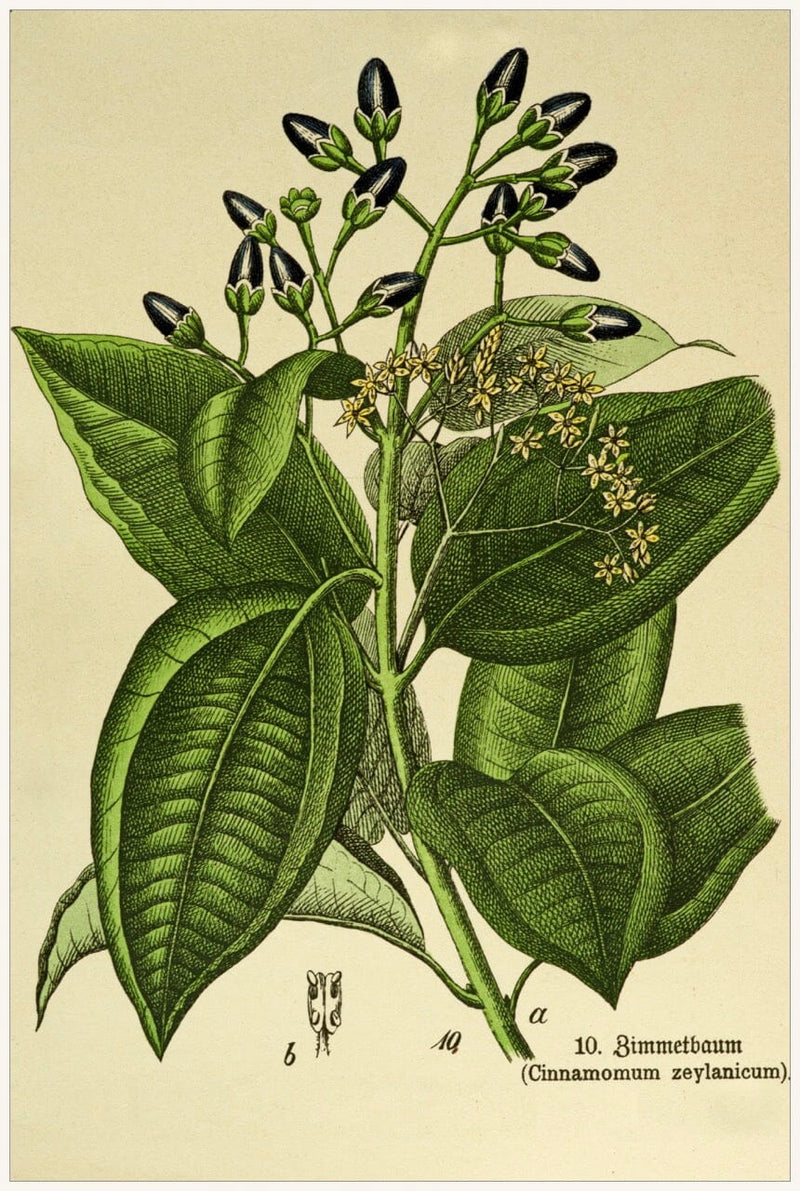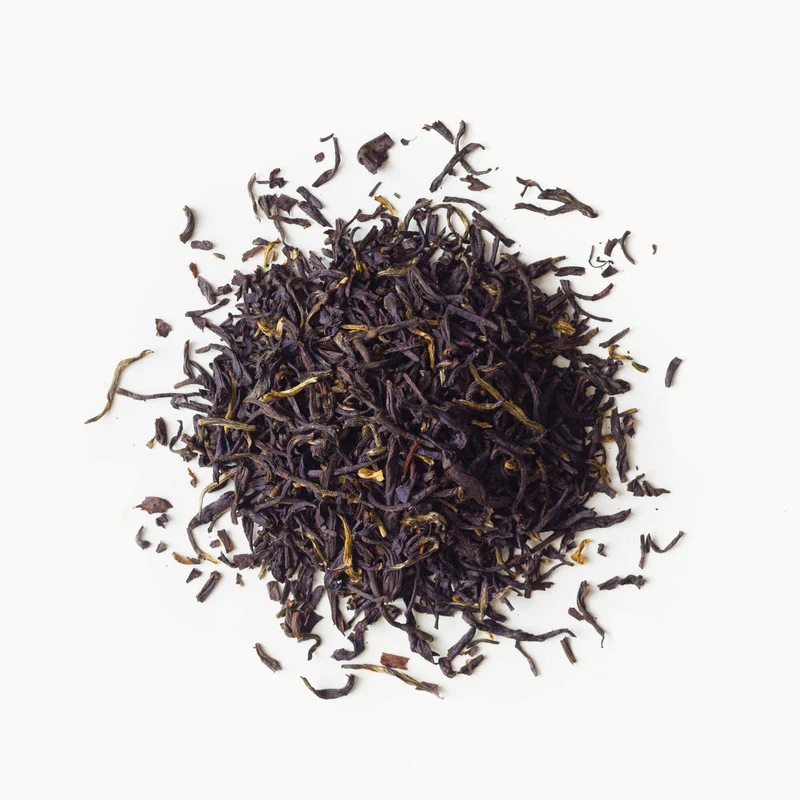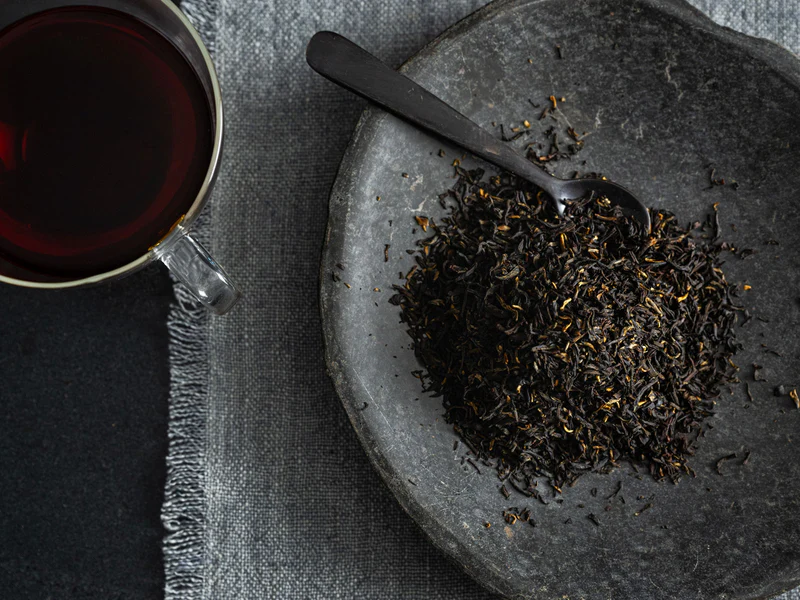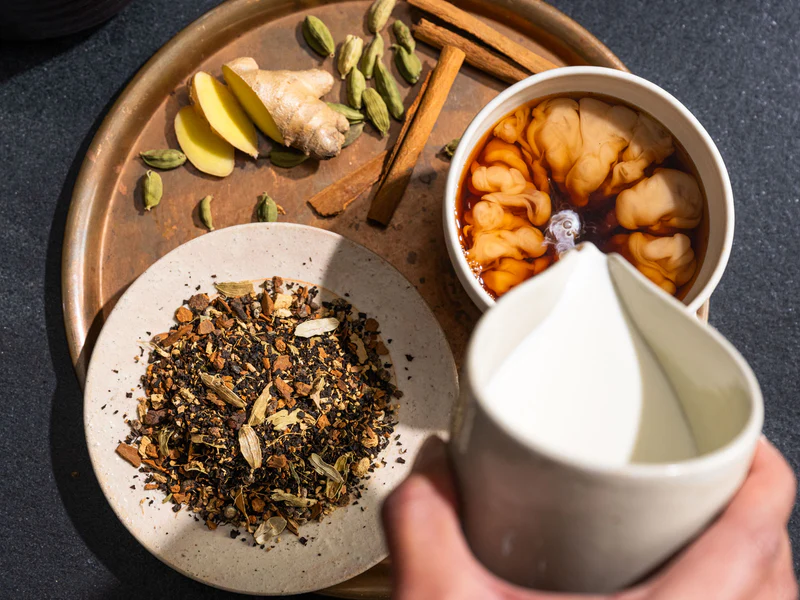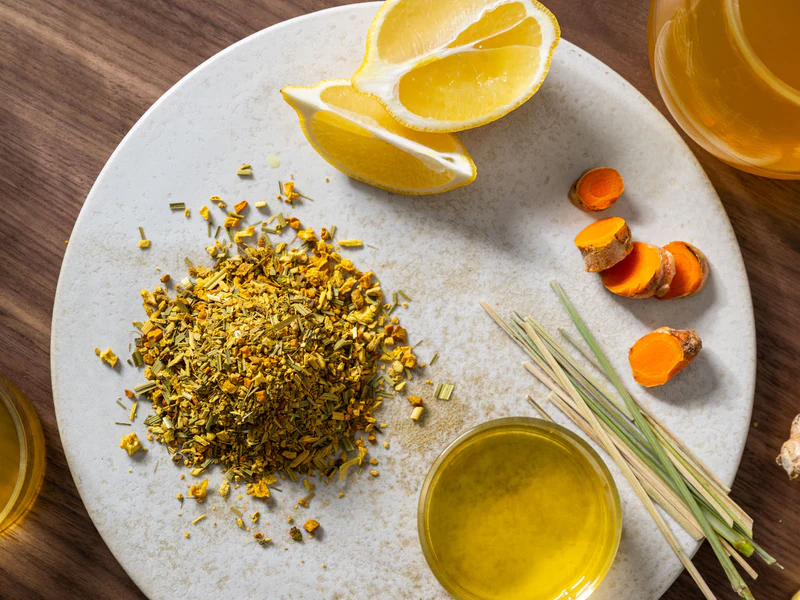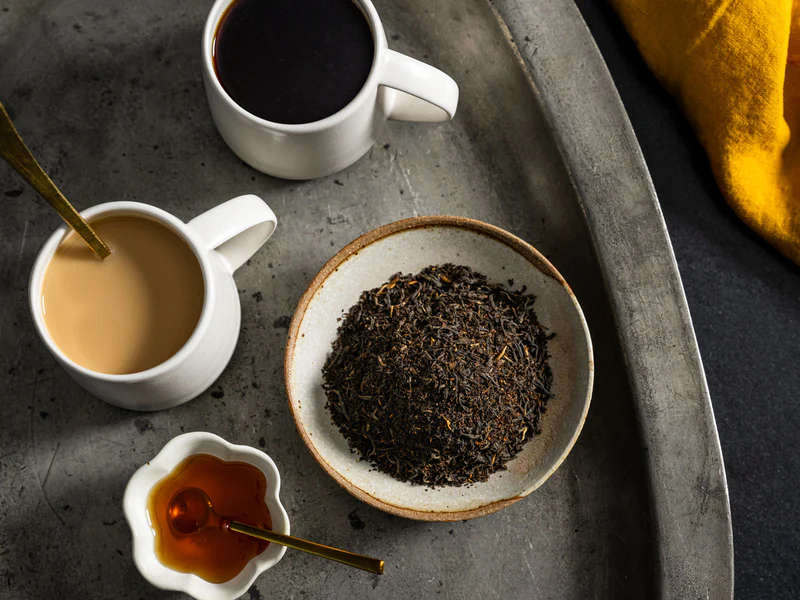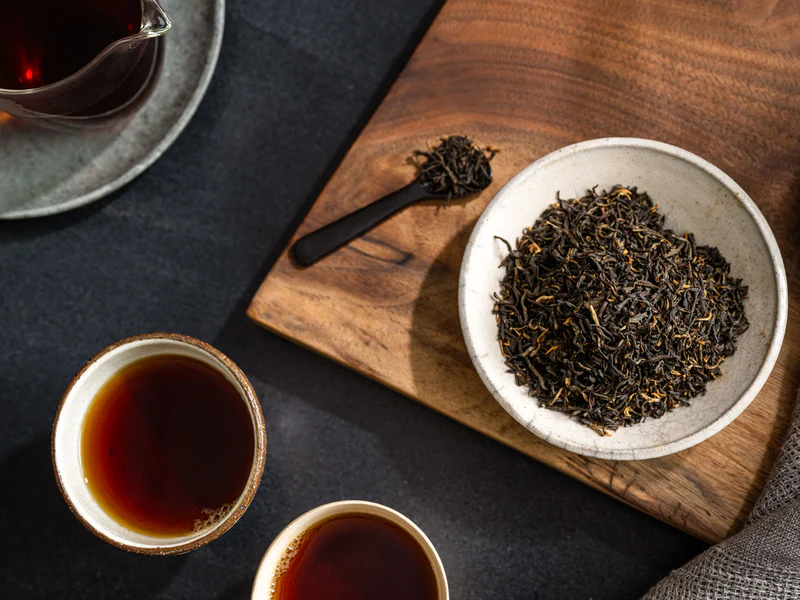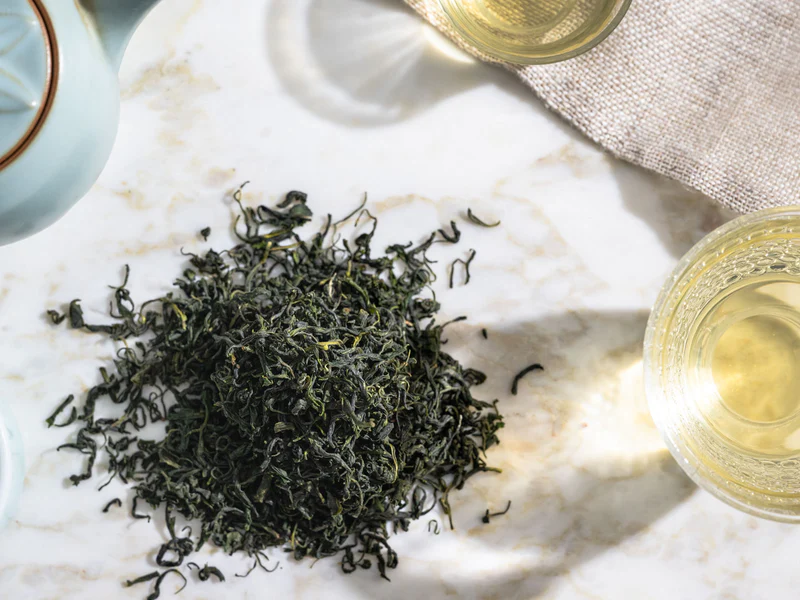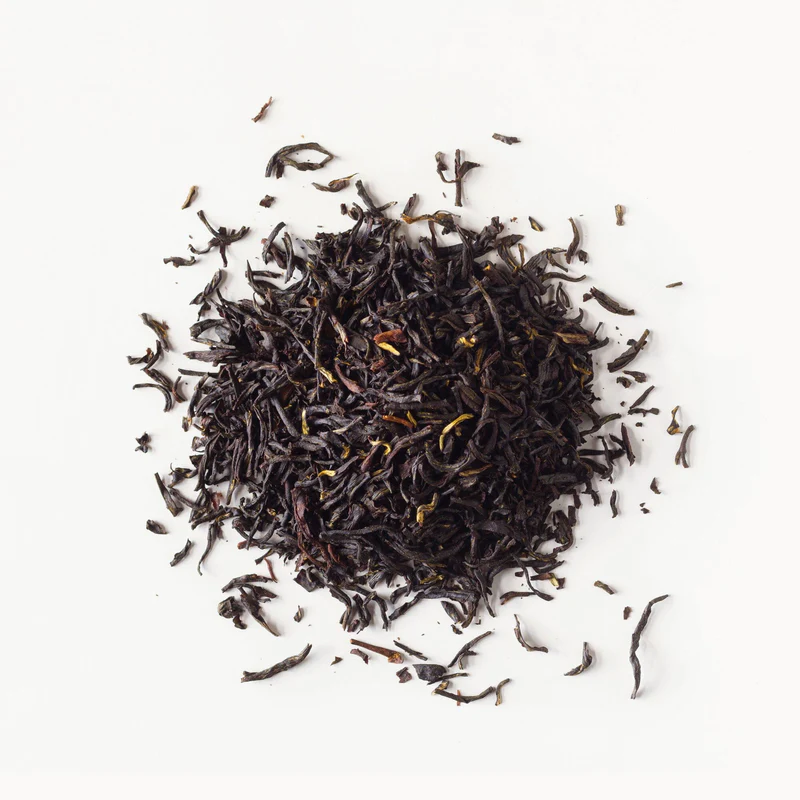Different Category Names:
East & West
In the West, tea is categorized into 6 main types: green, yellow, white, oolong, black, and dark. However, in the East, the same categories would be green, yellow, white, oolong, red, and black. What exactly is the difference? What we refer to as black tea is called hongcha 紅茶 or red tea. The title of red is in reference to the brilliant color of the tea liquor after brewing, rather than the color of the dried leaf. For dark tea, the name is heicha 黑茶 or literally “black tea.” The reference is to the fermentation that frequently employs the use of yeast or molds in production.

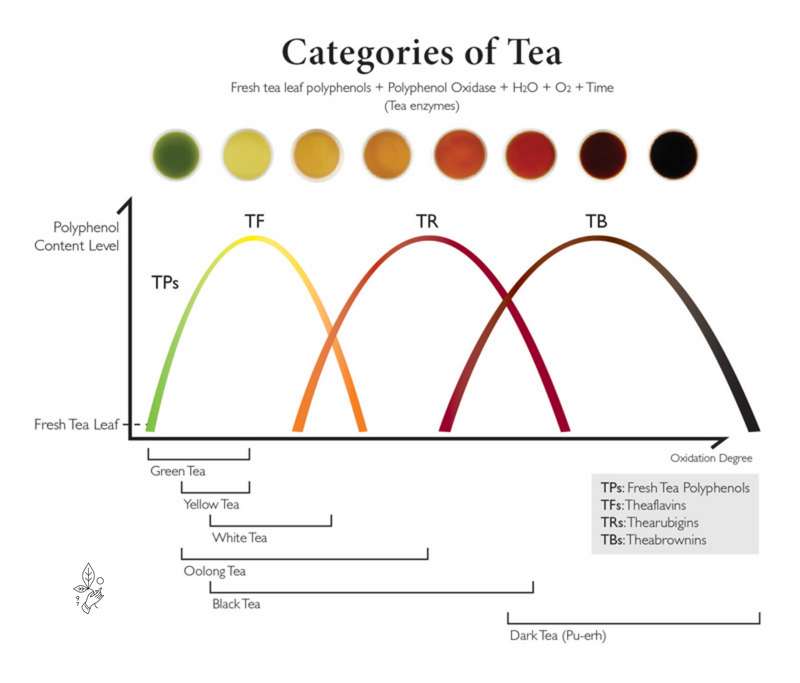


Pu’er Tea
Probably the most common type of dark tea known is Pu’er tea. Pu’er tea is one of the oldest types of tea, with a history dating back more than 2,000 years. This ancient tea originates in Yunnan province on China’s southwestern frontier, where a temperate climate and lush landscapes, teeming with biodiversity, provide ideal growing conditions for tea. China also has quite a few heicha 黑茶 selections from other regions outside of Pu’er, such as Hunan Heicha, Sichuan Heicha, Liu Ancha.
Like Champagne or other regionally specific foods and beverages, Pu’er tea is a geographically indicated product that can only be created and fermented in Yunnan province with sun-dried green tea grown from broad leaf tea tree varieties planted in Yunnan, Laos, Myanmar, Thailand and Vietnam.
Garden Direct Pu’er Tea
Our updated Garden Direct collection of teacakes and Pu’er is worthy of thoughtful study. Pu’er tea is prized for its distinctive earthy range of flavor and aroma, from forest floor, mushroom and petrichor to olive leaf, tobacco humidor and camphor. We suggest trying sheng and shu and both young and old vintages to discover your Pu’er preferences.
Any type of Pu’er, sheng or shu, is a wonderful-post dinner reset, as well as a companion to yoga, studying, and quiet contemplative times. These teas are higher in caffeine, so those sensitive ought to consider reserving Pu’er for morning or post-lunch enjoyment. What better to help one get grounded during autumn and winter seasonal transformations.
Japanese Dark Tea
There are many versions of dark teas prepared through fermentation, also known as post-fermentation. Go Hakkoucha or Post-Fermented Tea, is the application of fermentation to Japanese green tea. The addition of fermentation increases the potential benefit to aid digestion. Though very difficult to obtain, there are quite a few unique fermented types of bancha in Japan. Many farmers today have forgotten the techniques required to manufacture fermented teas and so we find very few producers from whom to source these rare dark teas.
A few of the teas from Japan in reference are awabancha 阿波晩茶, batabatacha バタバタ茶, and goishicha 碁石茶. Batabatacha employs koji mold for fermentation, awabancha is essentially pickled using lactic fermentation, while goishicha uses mold followed by lactic fermentation. Steps in this unique process involve the harvest of whole branches from the tea bushes during the autumn, followed by boiling or steaming, finalized with fermentation before sun drying.
Koji, Aspergillus oryzae, is an important mold spore in the culinary community, and has recently become more well known in Western Food culture due to its use by chefs of notable restaurants. Koji is responsible for creating delicious ferments such as shochu, soy sauce, miso, and sake.
Tea Focus: Go Ishi Cha
Go Ishi Cha is a type of old style Japanese bancha that is fermented by way of ancient techniques developed when tea was consumed by the people as a food and as a medicine . It is very similar to Miang or the pickled tea common in northern Thailand and Burma.
Goishi-cha goes through a two stage fermentation process. A very limited quantity of 3,400 pounds are made each year. The limited quantity is a result of the artistic know-how that is needed is becoming extinct. Very few families continue to make this tea and the price has become quite expensive. Today, the tea is limited but has a cult following for those interested in ancient forms of bancha, Puer tea and other fermented teas .
The tea leaves are harvested by sickle on the branch once per year when the leaves are hardy and mature . The leaves area stripped from the branch, steamed and pressed to express the juice. The fresh pressed juice of the leaves are reserved for aiding the fermentation at a later stage of the Go Ishi Cha process.
After pressing the juice , the leaves are piled and covered with thatch in a wooden hut to warm up and oxidize. The piled tea transforms in a manner similar to Shu Puer. Once done fermenting, the leaves are packed into cedar barrels, reminiscent of vats used in wine production. The reserved juice from the first pressing is added and the leaves are stored in their juices for about two weeks with a stone of equal weight placed upon the vat to seal the cover.
After this second stage of fermentation, the packed tea reduced into a large round disc covering the bottom of the barrel like a huge cake of miso hard paste. The pressed leaves in the cake become soft and malleable. Knives are used to remove the pressed leaves from the barrel then further cut them into 1-2 inch squares wafer like pieces .The tea wafers are Laid out in the Sun on thatch drying platforms. they are flipped from time to time for about a week depending on the weather until the wafers become totally dried. Go Ishi Cha is finished and packaged for sale after the Sun drying process . It is recommended to age Go Ishi Cha 6-12 months to better harmonize the flavors and mellow the acidic profile before consumption. It can be aged, stored and brewed much like Pu’er tea.
Historically, this tea is not consumed in the growing region. Since the Edo Period (1603-1868 A.D.) Go Ishi cha has been made and used to trade for salt from the Inland Sea people who used it to make Cha-gayu (rice porridge made with tea). In modern times people brew and drink Go Ishi like other bancha. In addition to traditional rice porridge “Cha – Gayu,” Go Ishi Cha can be brewed or boiled and the strained infusion or brew can be used in a variety of culinary dishes including: tea mushroom cosume, porcini risotto, tea based dashi and broths for noodles and soup, Ochazuke, and in marinades and dinner or dessert sauces.
